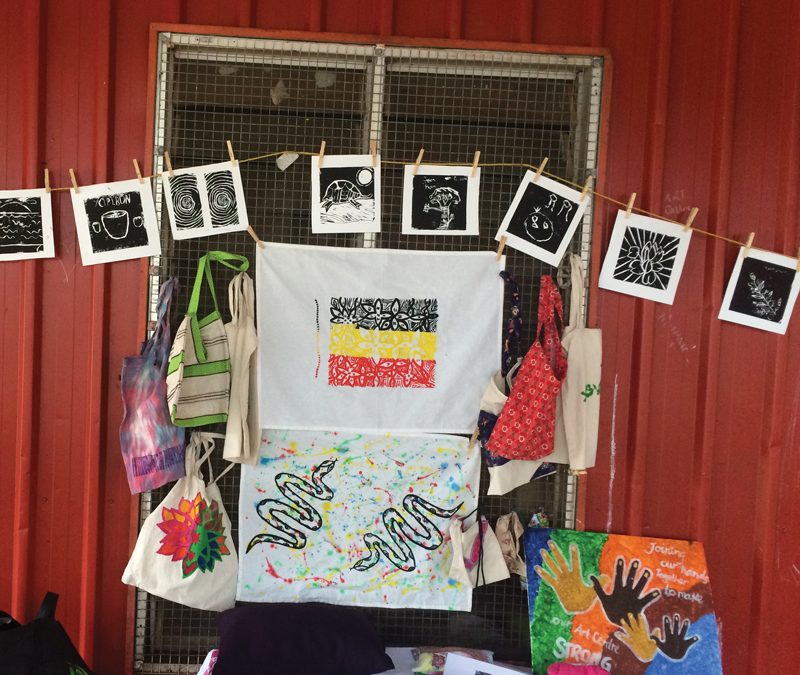
Effective governance; insights from recent training courses
Ninti One has been conducting training in governance for voluntary committees in remote communities that are participating in the Stronger Communities for Children program, which is Australian Government supported. Working with colleagues at Ninti One, I have developed the materials and delivered the first few sessions in locations in the Northern Territory.
All along, we have wanted the training to be interactive, meaning that people get the chance to practice governance skills rather than just watching a presentation. Thanks to the willingness of committee members to have a go at the various exercises we have developed, some interesting insights and lessons on governance training have come out of the work. I share a few of them here.
Starting meetings in the right way.
It can be easy to think that board or committee meetings simply happen once everyone has shown up. The reality is that the start of meetings can be a messy and confusing business. Through the training, we noticed that an effective chairperson makes people welcome, sets the right tone for the meeting and gets the work started. Practising how best to start meeting makes all the difference.
Visuals replacing words.
Too much paper and too many words can sometimes get in the way of good decision-making. We found that summarising the main subjects for discussion in 1-5 words in a series of circles on the white board, with space for other people to draw arrows or make notes, provides a simple focus. In one case, the discussion really kicked off, with members of the group coming to the front of the room to explain their views on each subject.
Getting everyone involved.
Not everyone wants to speak in front of a group, which is fine as no committee needs to be full of public speakers. But still their views should be taken into account because everyone at the meeting is there as a decision-maker. We found that breaking up into small groups of 2-3 people to discuss particular topics really worked well. Here the chairperson has an important job in suggesting the right mix of people in the groups and making sure the report back from each one is clear and understood by everyone else.
Handling conflicts of interest.
A conflict of interest is not easy for anyone to define clearly, but most people know one when they see it. I describe it as a situation when a person’s role as a committee member is hampered by personal or family interests in a subject the committee is discussing. In small communities, conflicts of interest are inevitable. Through the training, we found that defining what it means, using examples and then agreeing a clear procedure where members declare their conflict of interest seem like a big step forward. Along with nepotism and confidentiality, the subject benefits from open discussion.
Improved and more effective governance is critical to remote communities. It has been a subject of much work by government, NGOs, researchers and communities themselves over many years. Ninti One is developing a sound approach to governance training that I hope will become more widely available in time.












